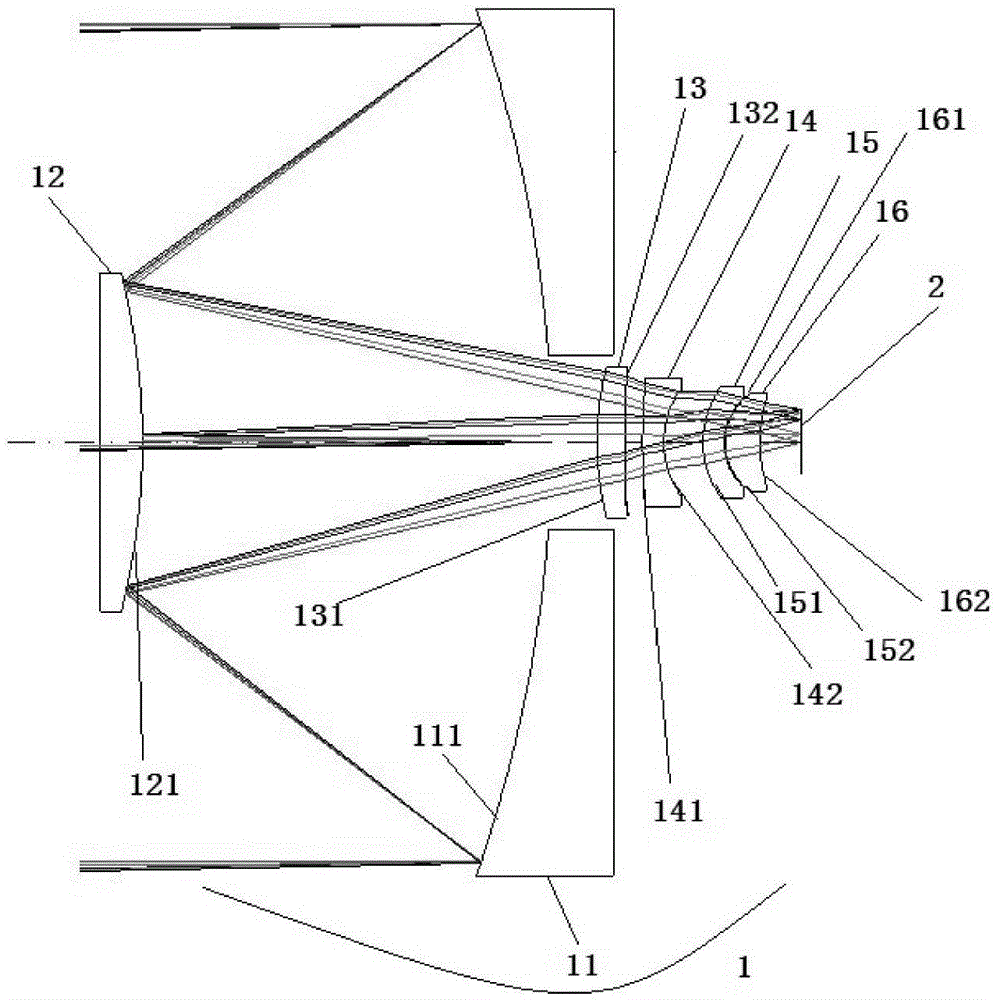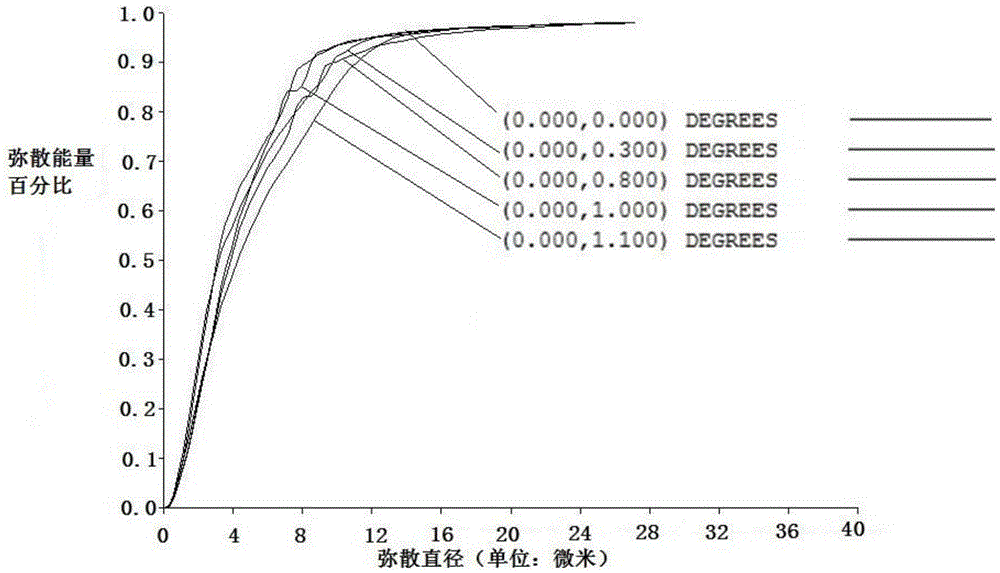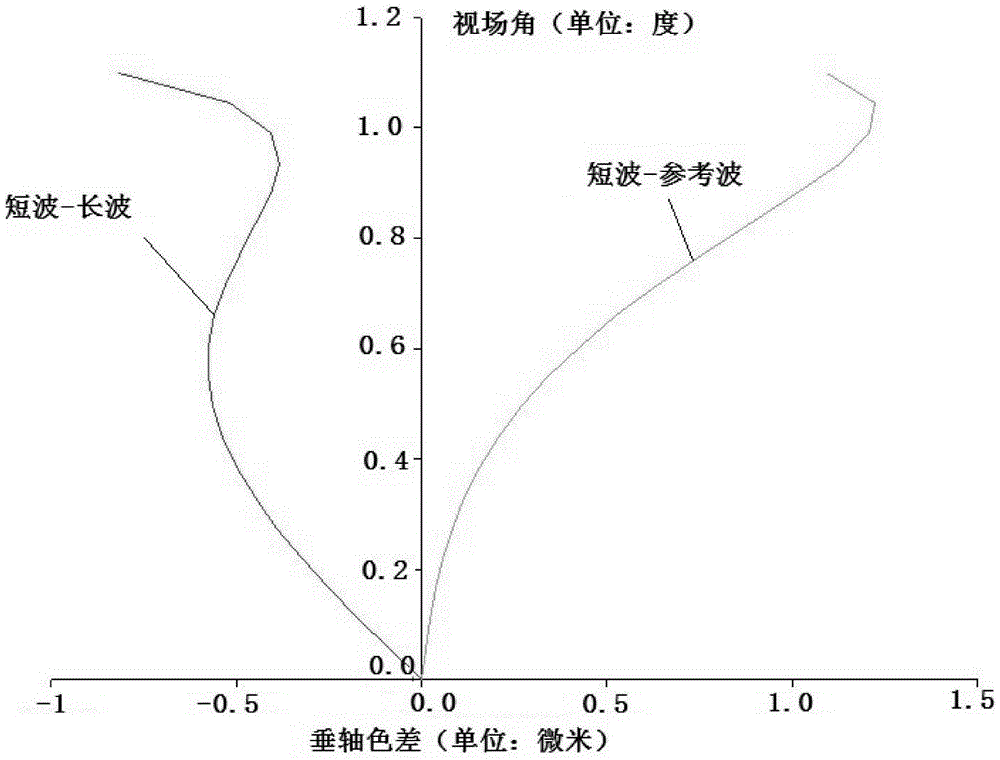Star sensor optical imaging system for deep space exploration spacecraft attitude-determination
An optical imaging system and star sensor technology, applied in the field of optical systems, can solve the problems of prolonged dynamic motion imaging integration time, inability to apply to the field of fixed attitude, slow attitude determination of satellites, etc., to reduce procurement difficulty, manufacturing cost, energy, etc. The effect of high concentration and improved positioning accuracy
- Summary
- Abstract
- Description
- Claims
- Application Information
AI Technical Summary
Problems solved by technology
Method used
Image
Examples
Embodiment Construction
[0017] Such as figure 1 As shown, a star sensor optical imaging system for attitude determination of a deep-space exploration aircraft is coaxially arranged with a first reflector 1, a second reflector 2, a first positive meniscus lens 3, and a first negative curve The moon lens 4, the second negative meniscus lens 5, the second positive meniscus lens 6 and the detector 7, the incident light is reflected by the front surface 11 of the first reflector 1, and is incident on the rear surface 21 of the second reflector 2, and passes through it After reflection, it is incident on the first positive meniscus lens 3, and the incident light passes through the first positive meniscus lens 3, the first negative meniscus lens 4, the second negative meniscus lens 5 and the second positive meniscus lens 6, Finally received by detector 7.
[0018] The distance d1 between the front surface 11 of the first reflecting mirror 1 and the rear surface 21 of the second reflecting mirror 2 is 75mm<...
PUM
 Login to View More
Login to View More Abstract
Description
Claims
Application Information
 Login to View More
Login to View More - Generate Ideas
- Intellectual Property
- Life Sciences
- Materials
- Tech Scout
- Unparalleled Data Quality
- Higher Quality Content
- 60% Fewer Hallucinations
Browse by: Latest US Patents, China's latest patents, Technical Efficacy Thesaurus, Application Domain, Technology Topic, Popular Technical Reports.
© 2025 PatSnap. All rights reserved.Legal|Privacy policy|Modern Slavery Act Transparency Statement|Sitemap|About US| Contact US: help@patsnap.com



